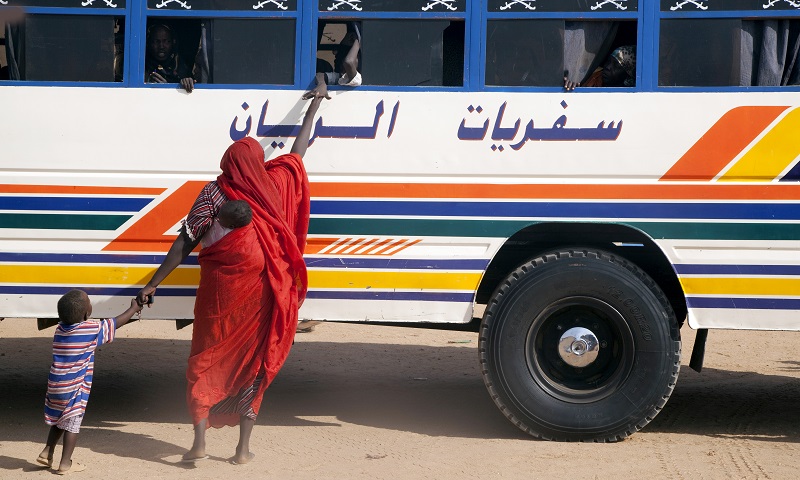
The theme “ensuring that no one is left behind,” for the 2016 High-level Political Forum (HLPF) on Sustainable Development is a powerful promise made by the 2030 Agenda and the Sustainable Development Goals (SDGs), but the “no one left behind” buzz words risk being just that. It becomes meaningless if there is inaction and nothing changes. How do we move on from motto, to real implementation of the policies needed to achieve these goals? These questions were asked at a side event of the HLPF held 19 July at the UK Permanent Mission to the United Nations in New York where a panel of representatives from Civil Society and Member States spoke about taking this promise and making it a reality through the global Leave No One Behind Partnership.
The panellists emphasised the need for better data collection and analysis in order to meet these goals. According to Harpinder Collacott, Director of Engagement and Impact at Development Initiatives, data is needed so that the poorest global 20% (P20) are not left behind. Over the past two decades, while economic growth has benefited most people in higher income quintiles, the P20 have only seen a 1% increase in income over the same amount of time. People in poverty are often invisible because they are not recorded or observed in aggregate data. Among the P20, only 30% are registered at birth. To governments, those without registered identification may not even exist in their policymaking and administration. A focus on leaving no one behind must include registration and identification of the poorest and most vulnerable people.
Data is incomplete and ineffective if it is missing people. It is also ineffective if it cannot be analysed properly. For Existing data can also be problematic when it is not disaggregated. Development Initiatives focuses on the need for more and better disaggregated data that provides a fuller picture by quintile, geography, gender, age and disability. Disaggregated data makes it easier to identify and deliver effective and efficient measures to eradicate poverty. To gather and measure this data, civil society organisations like Development Initiatives need to work with Member States to better identify the P20 and their needs.
This partnership should also aim to make those that are left behind and invisible, visible. Project Everyone aims to give voice to the poorest 20% through media campaigns and education about the SDGs. Through their creative and innovative approach to media and by putting vulnerable people at the centre, Project Everyone aims to hold governments to account on implementing and achieving the 2030 Agenda by ‘telling everyone’ what needs to be done to eradicate poverty. Their advertisements promoting the SDGs reached approximately 3 billion people in 2015, however the message needs to spread further. By partnering data and communications, the Leave No One Behind Partnership can enable Civil Society and Member States to take the first steps in working together to make “leave no one behind” a reality.
The side event was organised by the Government of the United Kingdom, the Government of Uganda, CIVICUS, Development Initiatives and Project Everyone.
To learn more about our work on poverty at social.un.org/poverty
Source & Copyright: UNDESA DSPD
 Welcome to the United Nations
Welcome to the United Nations